detail profile bert haanstra
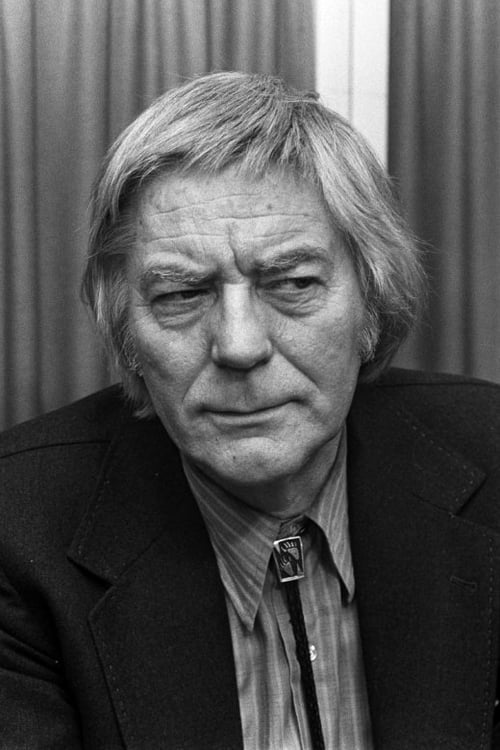
Bert Haanstra
Albert Haanstra
atau dikenal sebagai
Riwayat Hidup
Albert 'Bert' Haanstra was a Dutch film director of films and documentaries.
His documentary Glass (1958) won the Academy Award for Documentary Short Subject in 1959.
His feature film Fanfare (1958) was the most visited Dutch film at the time, and has since only been surpassed by Turkish Delight (1973).
Info Pribadi
Peran Yang Di Mainkan Bert Haanstra
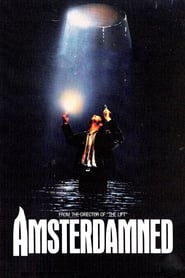 A mysterious diver hiding in Amsterdams...
A mysterious diver hiding in Amsterdams...Amsterdamned 1988
A mysterious diver hiding in Amsterdam's canal system embarks on a rampage of gruesome murders, terrifying city officials and leaving few clues for the city's best detective, who doesn't suspect that both his new girlfriend and twelve-year-old daughter may be closer than he is to finding the killer.
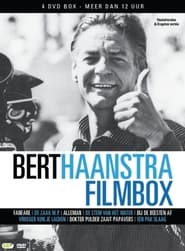 Bert Haanstra was commissioned by the...
Bert Haanstra was commissioned by the...The Netherlands 1983
Bert Haanstra was commissioned by the Ministry of Foreign Affairs to make a short film about his own country. It had to be a piece of the work that mainly would be shown abroad, so that the rest of the world could make acquaintance with the beautiful countryside, with the modern side of the Dutch society and with historic building and old customs. After everything he had already made about these subjects, Haanstra was able to find a new angle, this time by observing the matter from the air. The result is a pretty mosaic of The Netherlands like it looked in the early eighties.
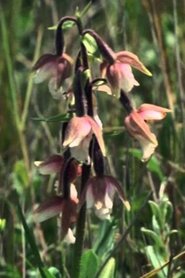 In this film Bert Haanstra shows...
In this film Bert Haanstra shows...National Parks.... Necessarly 1978
In this film Bert Haanstra shows how important the formation of national parks is for the protection of nature.
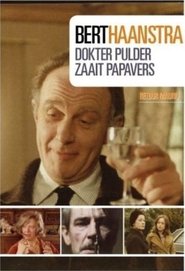 A small town doctor gets a...
A small town doctor gets a...Dr. Pulder Sows Poppies 1975
A small town doctor gets a visit from a former study-friend. He doesn't know this former surgeon has become a junkie that wants to steal his morphine.
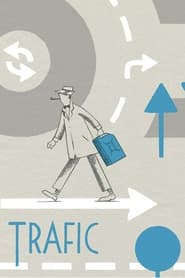 Mr Hulot is the head designer...
Mr Hulot is the head designer...Trafic 1971
Mr. Hulot is the head designer of the Altra Automotive Co. His latest invention is a newfangled camper car loaded with outrageous extra features. Along with the company's manager and publicity model, Hulot sets out from Paris with the intention of debuting the car at the annual auto show in Amsterdam. The going isn't easy, however, and the group encounters an increasingly bizarre series of hurdles and setbacks en route.
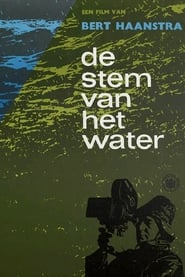 The Netherlands and water they are...
The Netherlands and water they are...The Voice of the Water 1966
The Netherlands and water, they are inseparable from one another. Water in its soothing form, as a place of work and pleasure and as a source of threat and misery. Bert Haanstra thought it a great subject for a big cinema documentary and made The Voice of the Water. At the start, while the credits are still running, it is already apparent how remarkable and original he portrays the beauty of the landscape of the Dutch coastline. In the following ninety minutes we see numerous people that live, work and recreate on, by and in the water. Often they are being observed in a gentle humorous way that reminds us of The Human Dutch. Some people prefer to stay far away from all the wetness: the little boy having a swimming lesson, but who doesn’t dare to put his head under water, is forever imprinted on the memory of many of the viewers.
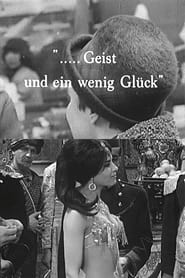 Documentary about the current state of...
Documentary about the current state of......Geist und ein wenig Glück 1965
Documentary about the current state of German cinema. Produced for German television.
 Bert Haanstra paints a portrait of...
Bert Haanstra paints a portrait of...Everyman 1963
Bert Haanstra paints a portrait of The Netherlands and the Dutch, in his own unparalleled manner. Partly with the aid of a hidden camera he observes people in the most diverse situations. He shows the unusual in the usual and the usual in the unusual. The harsh years of the post war era of reconstruction have passed and for most people life is better than before.
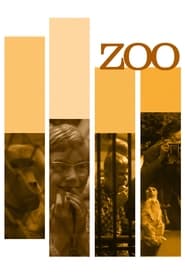 A perfect fast and hilarious montage...
A perfect fast and hilarious montage...The Zoo 1961
A perfect, fast and hilarious montage. Using images from Artis (Amsterdam Zoo), Bert Haanstra shows that a couple of similarities can be discovered between human and animal. Particularly the manner in which human and ape are confronted with each other, is significant. The images speak for themselves, human voices or commentary is absent. The ironic music of Pim Jacobs does add an extra dimension to the whole. With regards to human and animal Haanstra limits himself for the time being to this short film, recorded with a hidden camera. Later on, in several big films, he would return to this subject.
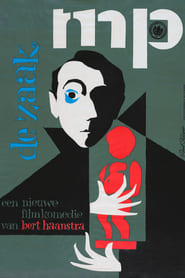 Kamiel steals the famous Brussels statue...
Kamiel steals the famous Brussels statue...The Manneken Pis Case 1960
Kamiel steals the famous Brussels statue of Manneken Pis to impress his girlfriend Denise, the daughter of the man who is supposed to guard it. The Belgians, however, wrongly accuse the Dutch of having stolen their statue and hit back by stealing the statue of Hansje Brink.
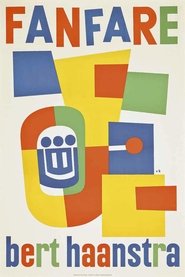 In the small Dutch village of...
In the small Dutch village of...Fanfare 1958
In the small Dutch village of Lagerheide, two members of the local brass band get into a fight, forcing the band to be split in two. The two hotheads and their followers are doing their utmost to sabotage each other’s attempts at becoming the band who will represent the village at the upcoming brass band competition.
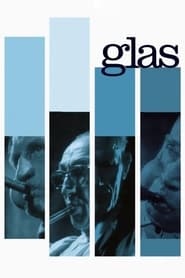 This short documentary shot in the...
This short documentary shot in the...Glass 1958
This short documentary, shot in the glass factories of Leerdam and Schiedam, demonstrates how glass blowers do their work. But thanks to the superbly edited ballet of working hands and the sequence of mechanical motions of the engines, is it especially a cinematic tour de force. That the industry can’t do without man’s involvement is shown in the scene where we hear the voice of Haanstra himself counting the bottles on the conveyor belt, until one bottle breaks…
 The glass factories of Leerdam and...
The glass factories of Leerdam and...Speaking of Glass 1958
The glass factories of Leerdam and Schiedam commissioned Bert Haanstra to make film about glass manufacturing. The entire process can be seen: the delivery of raw materials, the designing, glass making and glass blowing, the wide range of splendid products that originate from all this. It all shows that glass production is more than a factory work, it is a fascinating, artistic handwork.
 In Rembrandt Haanstra shows that it...
In Rembrandt Haanstra shows that it...Rembrandt, Painter of Man 1957
In Rembrandt, Haanstra shows that it is possible to make a fascinating film only with images from paintings. He had to travel though all over Europe to numerous museums and private owners in order to film the works of art. In the work of the great painter, Haanstra recognizes his particular interest in man as an individual human being, cutting straight through all the religious motives. And Haanstra also wants to see Rembrandt as an individual.
 In 1952 Haanstra made Panta Rhei another...
In 1952 Haanstra made Panta Rhei another...Panta Rhei 1952
In 1952, Haanstra made Panta Rhei , another view of Holland through the eyes of a painter and filmmaker. Its poetic images of water, skies and clouds reflect Haanstra's own moods.
 In this short film Bert Haanstra...
In this short film Bert Haanstra...Mirror of Holland 1950
In this short film Bert Haanstra gives his vision - from the water – of a tranquil Holland. During filming he held the camera upside down and afterwards put the images ‘up right’ again in the film. By doing this, we see the ‘usual’ waterfront, but transformed by the rippling of the water. In this way Mirror of Holland became a modern looking experimental film. However this did not devalue the Dutch sentiment regarding waterfronts that are so trusted to so many.
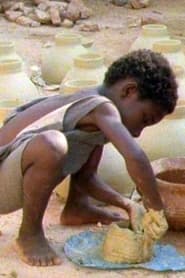
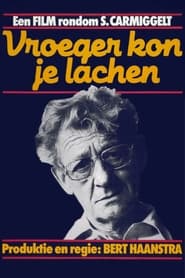 Eight newspapercolumns by Dutch writer Simon...
Eight newspapercolumns by Dutch writer Simon...

